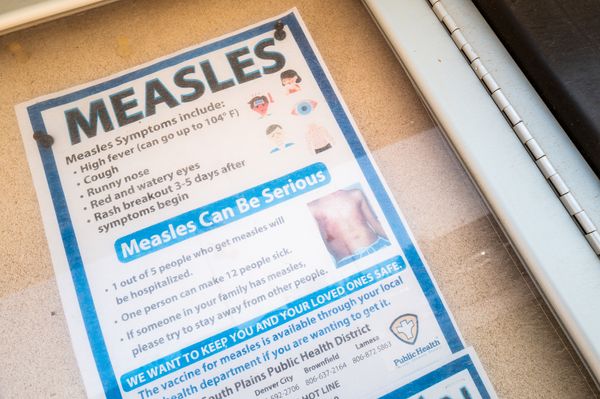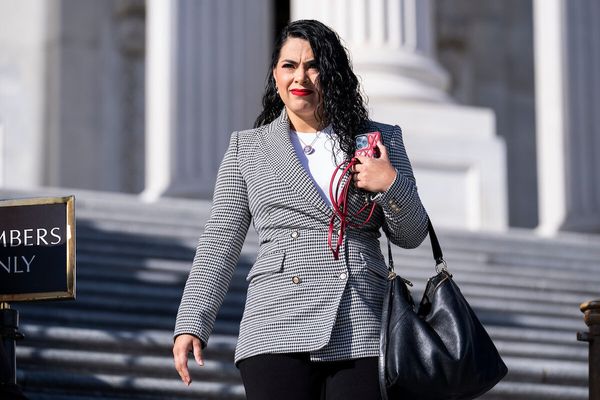
Almost two years on from Audi’s official announcement of its Formula 1 entry, the smiles of that day are a long and distant memory.
Its team, still racing under the Sauber banner, is currently sitting last in the constructors’ championship without a single point to its name so far this season.
In fact, it has not finished in the top ten since the 2023 Qatar Grand Prix and there seems little hope of its challenger being able to get there on pace terms in the near future either.
But perhaps worse than the lack of clear results are the optics of the minimal progress that has been made since its Spa announcement as Audi gears up for its F1 debut. Efforts at its German engine facility may be flat out, but what is being delivered on track right now is not up to its standards.
Watch: Why Everyone was So Angry at the F1 Hungarian Grand Prix - Race Analysis
Despite the huge financial might of the new owners, the Hinwil operation appears to have lost momentum, and that has sown seeds of doubts about what can be expected from Audi itself in 2026.
At this stage of the season, the team would have hoped to have had its number one target Carlos Sainz locked down to a contract that would tie his future to the German car maker.
Instead, the fact that Sainz was not convinced by what was on offer, and preferred to weigh up options at Williams and Alpine instead, told its own story about why Audi was not the so-called player it wanted to be in the driver market.
That lack of conviction in being able to attract the right driver is understood to have been mirrored when it came to personnel too – for there appeared to be a reluctance from quality staff to join a project they too were not believing in.

Takeover impact
Audi’s takeover of Sauber was never going to have an immediate impact – especially with its official entry not coming until 2026.
But what perhaps took it, and former CEO Andrea Seidl, by surprise was how the transition phase of the takeover served as a means to frustrate its ambitions.
With former owner Finn Rausing still involved, and his support required for the funding of larger investments, the hands of the team and its CEO Andreas Seidl were pretty much tied – as there was no incentive for Rausing to spend cash on improving something he was no longer going to benefit from.
The situation was likened to someone having sold their car and then being asked to buy some new tyres for it.
Realising the difficulty of its situation, and waking up to the fact that the lack of investment in its infrastructure was going to have long-term consequences if it was not sorted quick, Audi pushed through with an accelerated takeover earlier this year.
The 100% shareholding opened the door for improvements to be made at Hinwil and the first recruitments, which included Stefan Straehnz from Mercedes who will become the new programme director.
Other additions have included former-Red Bull and McLaren man Stefano Sordo and Red Bull's former chief mechanic Lee Stevenson.
But while the restraints on investment had been lifted, the team’s ongoing lack of competitiveness on track became a growing concern for Audi.

And while Seidl’s focus was deliberately on the plans for 2026, so performance on track now was an irrelevance, it was fast becoming obvious that there were long-term consequences for the current dip of form.
The attraction for any of the drivers or staff Audi was chasing in being part of a major works effort was being tainted by the prospect of being at the back of the grid for 2025 – and no guarantee of a transformative performance the year after.
So, while some believed Sauber now and Audi in the future could effectively be treated as two separate eras that had a clear transition in 2026, their fates were fast becoming entwined.
Power battle
But despite all the above happening in the background, the tipping point for the chain of events that led to Audi appointing Ferrari team principal Mattia Binotto as the new head of its F1 project was a power struggle going on behind the scenes.
Former McLaren boss Andreas Seidl had been drafted in from the start of 2023 to help guide Audi towards its F1 entry – and his tactic was to step back from current operations so he could focus on doing everything needed to maximise 2026 chances.
But his situation changed in March when Audi’s former chief development officer Oliver Hoffmann arrived as chairman of all Sauber companies.
Sources suggest Hoffmann and Seidl did not see eye to eye on what needed to be done at the team, and fingers started being pointed about who should take the blame for the lack of progress the team was making.
From Seidl’s perspective, having had free reign to get on with the project since he was signed at the end of 2022, the arrival of Hoffmann only served to add unnecessary complexity.

And it is understood that the political nature of it all, and the difficulties that Audi’s senior management suddenly found in getting decisions made and consensus on plans moving forward, started to become a sore point.
But whatever was ultimately going on behind closed doors, the end result was that Audi lost patience with the situation. It felt that the situation was unsustainable and that the squabbling had to stop.
It did not take sides on the matter though. Instead, it got rid of both Seidl and Hoffmann and installed Binotto instead.
A line in the sand
The scale of change in appointing Binotto is significant, but one that is entirely logical.
Getting rid of the political squabbles between management figures that was never going to end well, and instead having one clear point of contact, is already a clear improvement in Audi’s mind.
Binotto, who left Ferrari at the end of 2022, had been speaking to several teams about opportunities to return to the F1 paddock – but the Audi project is the one that makes the most sense for him and his new bosses.
The make-up of the Audi operation is similar to Ferrari in many respects: a works operation for a major car manufacturer that produces both its own chassis and power unit.
Binotto, who also previously served as technical director of engine and chassis at Ferrari, has vast experience of what is needed to succeed in F1 – and how to get the most out of staff and facilities.

What the new structure also means, and this is something that Audi highlighted in its press release, is that it has someone on board that is focused entirely on its best interests.
There is no longer the situation of management juggling conflicts between Sauber and Audi, or what is happening now versus two years’ times.
And there will also be none of the conflict between chiefs that was holding the team’s progress back – as Binotto is solely in charge and reports directly and only to Audi.
As Audi CEO Gernot Doellner, who will also now become chairman of the Board of Directors of Sauber, said: “Our aim is to bring the entire Formula 1 project up to F1 speed by means of clear management structures, defined responsibilities, reduced interfaces, and efficient decision-making processes. For this purpose, the team must be able to act independently and quickly.”
Binotto does not start until 1 August, but it is clear that time is of the essence now. There will not be a honeymoon period to sit back and take stock of how things look before taking action.
Audi needs to move fast to ensure it is in the best shape possible for 2026, and it has to turnaround what has happened on track so far this season.
There could be a new team principal brought in (rumours about Mike Krack’s recruitment keep on bubbling away despite denials from the man himself), and there will likely be a huge recruitment drive unleashed.
And do not rule out Binotto reaching out to Sainz to have another attempt to get a deal across the line.
And if he succeeds, that could be the exact vote of confidence needed to get the Audi project back where it needs to be.
Additional reporting Frederick Hackbarth and Roberto Chinchero
For more content like this, sign up for unlimited access with Autosport Plus here







